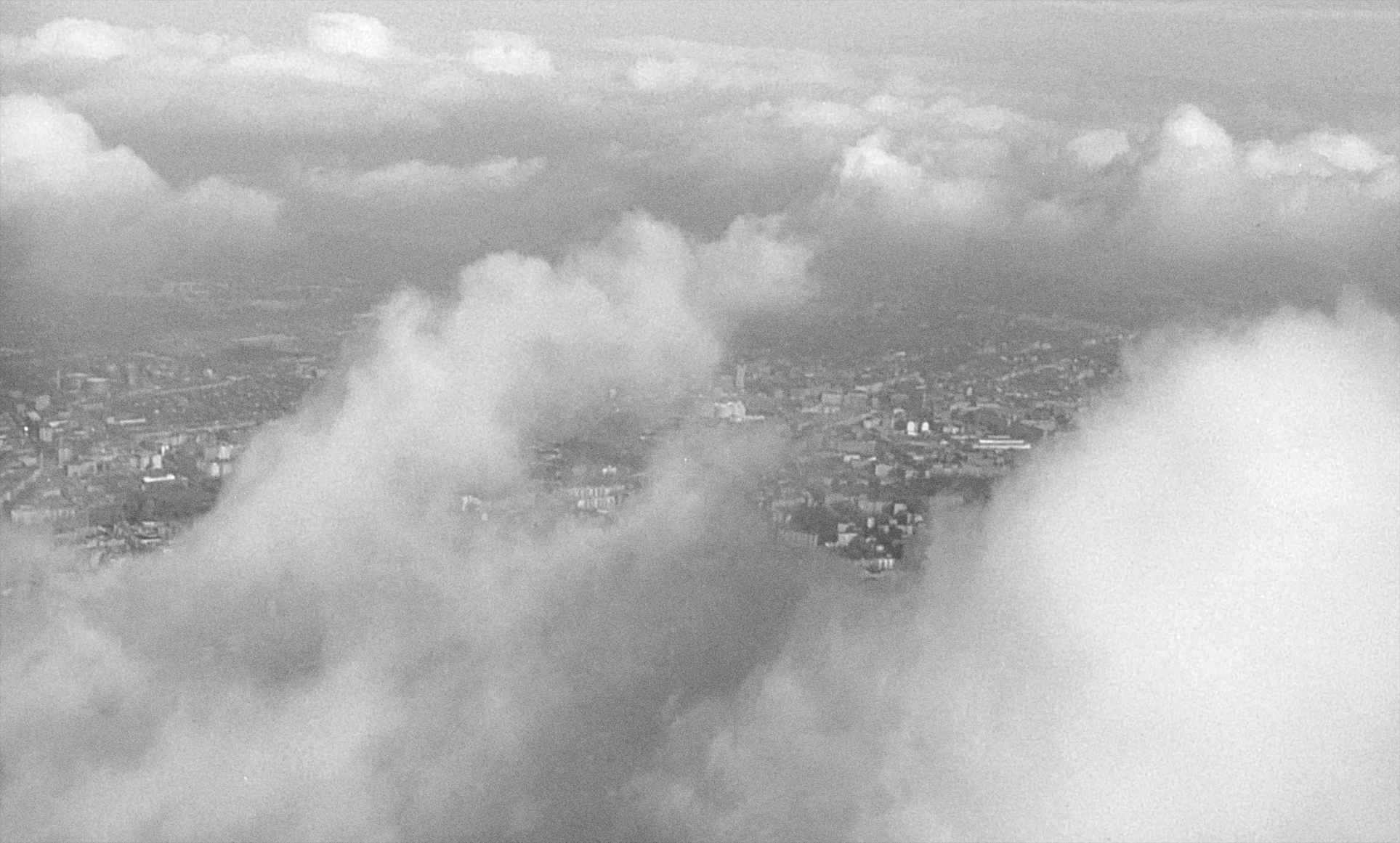The Restorations
For decades, some of Wenders’s films either remained unavailable because of unresolved rights clearances or could be seen only in poor quality due to damage to the materials. The foundation began to digitally restore them in 2014, and, as a result, the public is today once again able to experience these films in optimal quality. Restoring Wenders’s body of work represents one of the central missions and greatest challenges of the Wim Wenders Stiftung.
As a first step, the original film materials are brought together from various storage facilities and documented. The production documents are examined and analyzed with regard to the legal situation. In addition, an archiving concept with a classification scheme for the inventory and processing of both film and documentary materials is being developed. The restoration work itself consists of several stages: the evaluation of all source material, the scanning of the analog material, the retouching of individual frames from damaged film sequences by hand and the stabilization of individual frames, and the reframing and color correction of the image. The sound was already processed digitally back in 2002 by André Bendocchi-Alves. After completion of the restoration work, the source materials are then transferred to the German Federal Film Archive for proper long-term storage. It almost goes without saying that a change of medium from analog to digital will rarely pass unnoticed. For this reason, particular attention is paid to maintaining the visual “charm” of the originally analog film images with the idiosyncrasies of the film grain. Whereas the reprocessing of classic films is typically supervised and assessed by curators and archivists in order to make careful decisions for a restoration “in the sense of the director’s original vision,” the Wim Wenders Stiftung situation provides one special advantage: the director himself is involved in the restoration process, thus guaranteeing a processing of the films that is far from an outside interpretation.
The Wim Wenders Stiftung digitally restored eight films in the course of one year. Image processing was done by the company ARRI Film & TV under the supervision of Wim and Donata Wenders and was supported by grants from the German Federal Film Board (FFA) and the Centre national de la cinématographie (CNC). Further films were transferred to current state-of-the-art high-resolution digital formats in order to be able to show them in cinemas and on television. The foundation will continue to pursue the preservation of the cinematic work of Wenders and to thus make it accessible to the public on a permanent basis.
Two of the already restored films offered special challenges in their restoration: the reframing of Alice in the Cities and the music rights for The Goalie’s Anxiety at the Penalty Kick.
Alice in the Cities was shot on 16 mm black-and-white negative in the summer of 1973. For fifteen years, all copies in circulation worldwide were made from the original negative. By the time a 35 mm duplicate negative was finally made in 1988, the original material was damaged by countless scratches, vertical lines, and cracks.
The digital restoration of the film was done in 2014. For this purpose, the original negative was scanned in 4K resolution using the wet-gate method and retouched and color-corrected in 2K resolution. Individual sequences that were too heavily damaged on the original 16 mm negative were replaced with sections from the 35 mm duplicate negative. Although the film was shot in the 1:1.37 format commissioned by the German public broadcasting entity WDR, Wenders and his cameraman, Robby Müller, composed the shots for the widescreen 1:1.66 format. At the director’s request, Alice in the Cities was also screened in cinemas that way. With this digital restoration, the film is now finally framed in Wenders’s preferred format.
The Goalie’s Anxiety at the Penalty Kick was filmed in Vienna and Burgenland in 1971. Based on the novel of the same name by Peter Handke, this was Wenders’s first feature film. He worked with Müller on it as well, as he would go on to do for many years, as well as with composer Jürgen Knieper and film editor Peter Przygodda.
As the use of the music had not been cleared for international release, distribution was soon restricted to television, and The Goalie’s Anxiety at the Penalty Kick remained more or less unavailable for three decades. With the 2014 restoration, this problem was solved through the recording of new songs. For the restoration, the original 35 mm color negative film was scanned, retouched, and color-corrected in a resolution of 4K.


